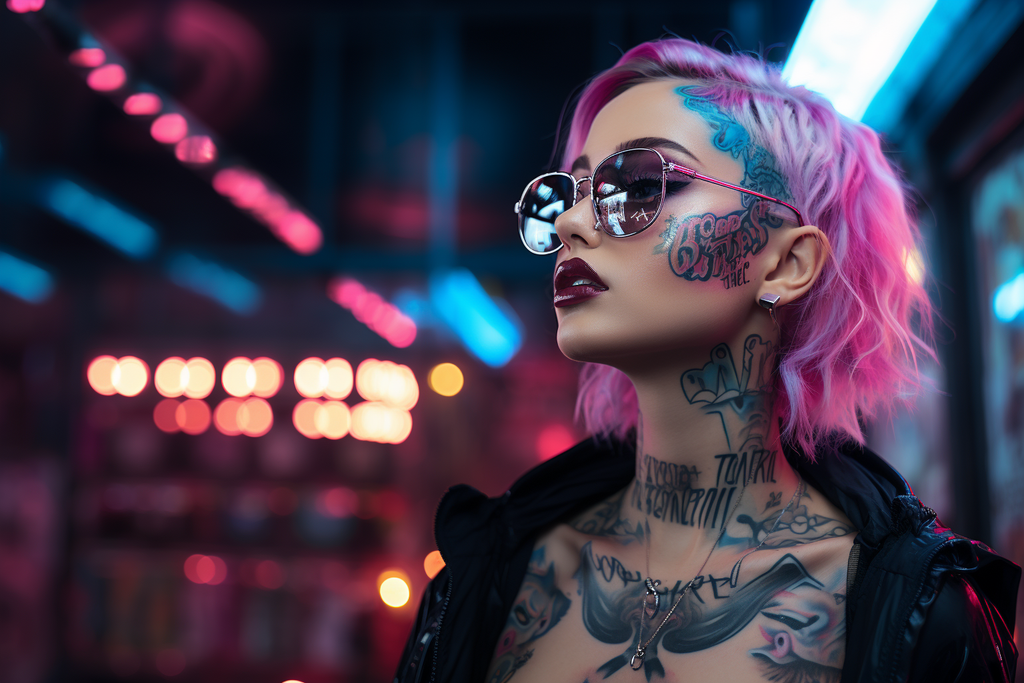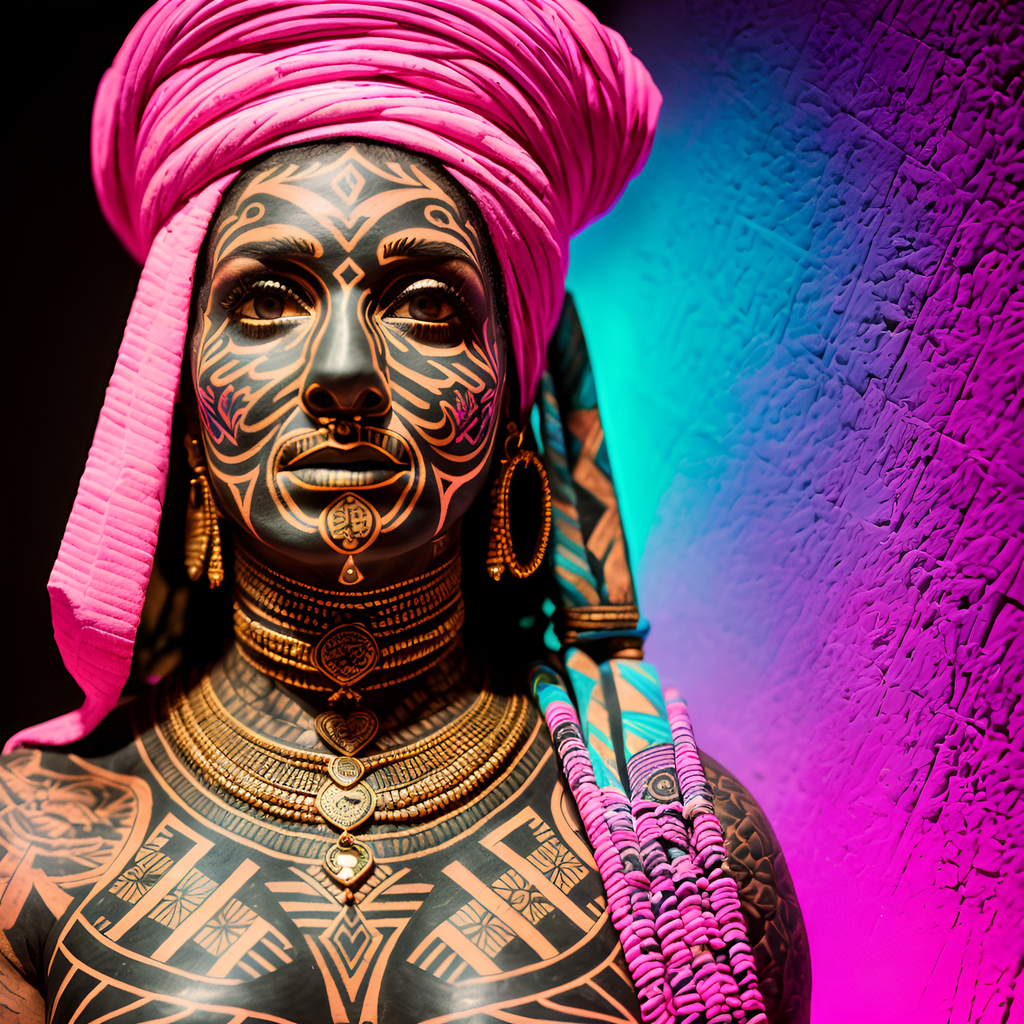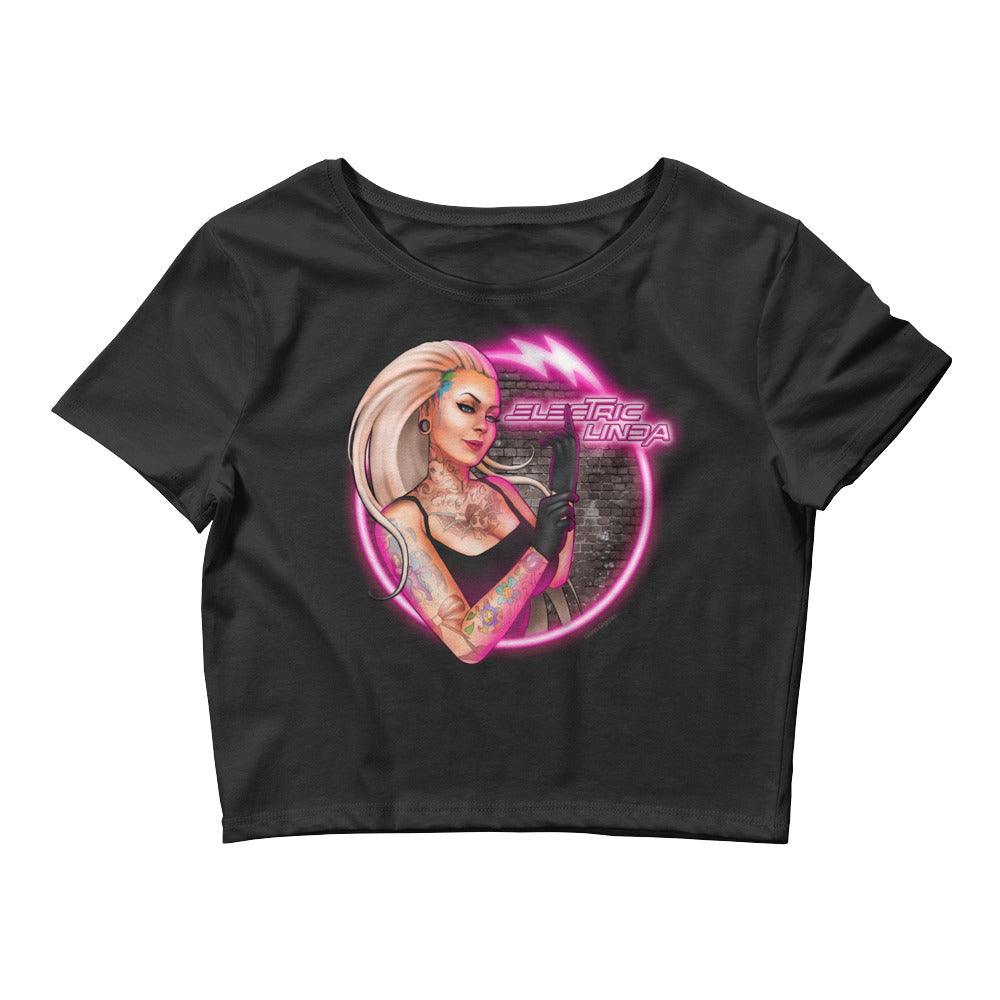
The World of Tattoos: A Comprehensive Guide to Tattoo Styles

But before I give you the styles, let me introduce a man who lived in the Ötztal Alps. Say hello to «Ötzi The Iceman,» the natural mummy of a man who lived between 3400-3100 BCE.

The mummy was found in 1991. He's Europe's oldest known natural, human mummy. Ötzi had 61 tattoos consisting of 19 groups of black lines ranging from one to three millimeters in thickness and seven to 40 millimeters long. How cool is that?

Other tattooed mummies have been recovered from at least 49 archaeological sites worldwide, including Greenland, Alaska, Siberia, Mongolia, western China, Egypt, Sudan, the Philippines, and the Andes. So tattooed mummies have been found all over the world.
But I did promise you Tattoo Styles, so here we go!
Firstly, I recommend knowing the three basic primary tattoo styles: Ornamental, Japanese, and Old School. So let’s dig in!
Ornamental

Ornamental Tattoo by @ranieropatutiki
Like you saw on Ötzi, Ornamental tattoos are mostly dots and lines combined to create illustrations and patterns that decorate the body without the need for any meaning or motive. Ornamental comes from the word ornament and means decorative, attractive, fancy, pretty, or artistic.
About 250 years ago, when Captain James Cook returned home to Europe from their trips to Polynesia, they told stories about "tattooed savages." The word "tattoo" came from the Tahitian word «Tatao» and was introduced to the English language by Cook's expedition.
By the 19th century, tattooing had spread to British society but was still mostly associated with sailors and the lower or even criminal class. Still, by the 1870s, tattoos became fashionable among members of the upper classes and royalty.
Japanese

Japanese Tattoo by @irezumiartist
Around 300 AD, yes, about 1700 years ago, tattoos were introduced in Japan. Tattoos described social differences among Japanese people; generally, firefighters, manual workers, and prostitutes wore tattoos to communicate their status. Criminals were tattooed as a visible mark of punishment.
The government eventually banned the art of tattooing altogether, viewing it as barbaric. This created a subculture of criminals and outcasts who could not simply integrate into mainstream society because of their prominent visible tattoos, forcing many of them into criminal activities, ultimately forming the modern Japanese mafia's roots, the Yakuza.
American Traditional

Old School Tattoo by @francesco__ferrara_
The first documented professional tattoo artist in the United States was Martin Hildebrandt, a German immigrant. That was in 1846. Tattooing was an expensive and painful process, but by the late 1880s, tattoos became a mark of wealth for royalty in Europe.
In 1891, New York tattooer Samuel O'Reilly patented the first electric tattoo machine. The tattoo Renaissance began in the late 1950s and was greatly influenced by several artists. Lyle Tuttle, Cliff Raven, Dawn Nolan, Zeke Owens, spider web, and Don Ed Hardy.
As I see them, these three primary styles were just the beginning and inspired artists to create new styles within tattooing. Here are the most known tattoo styles, from my knowledge...
New School

New School Tattoo by @willjgonzalez
New School is a tattooing style originating as early as possible 1970s and influenced by some Old School tattooing features in the United States. The style is often characterized by heavy outlines, vivid colors, and exaggerated depictions of the subject. In my words, if traditional tattoos and graffiti art had a baby, this would be the result.
Realism

Realistic Tattoo by @animal_tattooer
Realistic tattoos are meant to look as good convincing as possible, often featuring natural landscapes, animals, or portraits. Unlike the new school style, realism focuses primarily on transferring an actual image onto the skin as accurately as possible. It is less concerned with novelty and the design or like I usually say: anything from a photo.
Neo-Traditional

Neo-Traditional Tattoo by @allen.sunrise_ink
Neo-traditional means that returns to or revives traditional methods styles, especially while incorporating contemporary elements or influences, so that's way too heavy. The main difference between Traditional tattoos and Neo-traditional tattoos is that Neo-traditional tattoos often have a broader color palette. Most motives and pieces that are done in this style are known for their lush decorative details and the use of natural imagery such as florals or animals.
Bio-Mechanical

Bio-Mechanical Tattoo by @stepannegur
Biomechanical tattoos originated from bio-mechanical art, which is a new kind of art. It reflects the human body, and like mechanical parts, for example, the body joints and bones are represented by elements of a machine, like pistons and gears, etc.
Chicano

Chicano Tattoo by @misterctoons
The Chicano tattoo movement is one of the most famous styles in the world of tattooing. Chicano identifies people of Mexican descent. Born in the United States, the term came into widespread use by Mexican Americans as a symbol of pride during the Chicano Movement in the 60s.
Watercolor

Watercolor Tattoo by @sanninolello
They, of course, get the name from the very well-known painting technique. They are made to look exactly like real watercolor paintings, even if watercolor tattoos are not made any different than other styles.
Geometric

Geometric Tattoo by @ricogarilli
And then you have the geometric tattoos, which deal with several lines or geometric shapes that come together to form an even bigger shape. I call it a popular branch from the Ornamental Style.
Minimalism

Minimalistic Tattoo by @playground_tat2
Minimalistic tattoos have several typical characteristics. Usually, they're very delicate and small scale. So the opposite of a sleeve. This also makes them ideal for some parts of the body like the hands, fingers, and behind the ear.
But of course, there is more…
Of course, I didn't forget Lettering, Comic, Cartoon, Computer Fonts, Mechanical, Surrealistic, Custom Script, Celtic, Black-work, Trash Polka, Woodcarving, Stonecarving, Mandalas, Ambigrams, Dot-work, Abstract, Polynesian, Mayan, Tribal, Norse…
And the list goes on. What else would you add to this list?
This post was written as a chapter in my book The Ultimate Tattoo Guide, but I also cover the topic in How to Become a Tattoo Artist, which can also be consumed as a video course if you would be interested in that.





